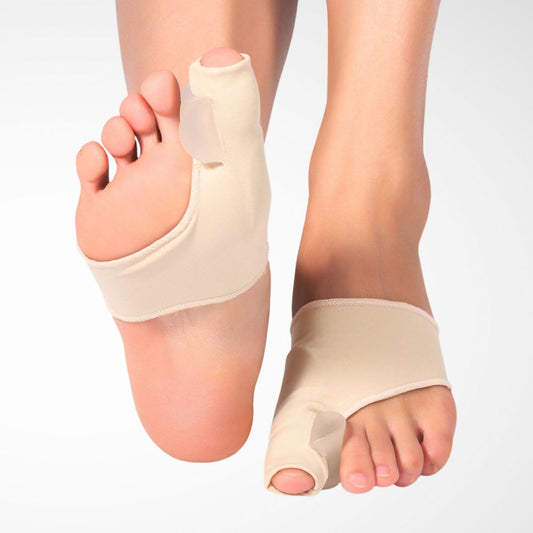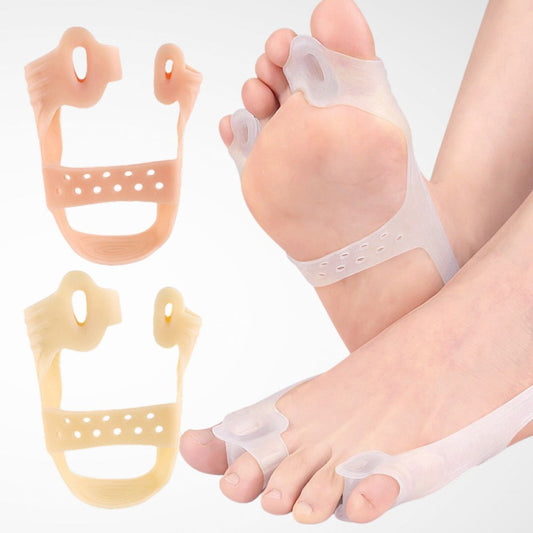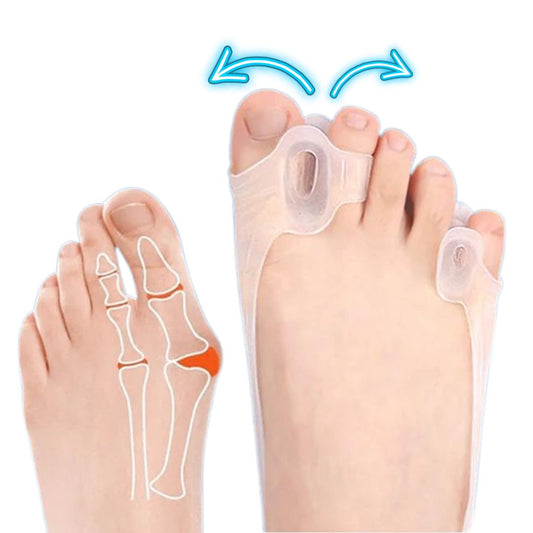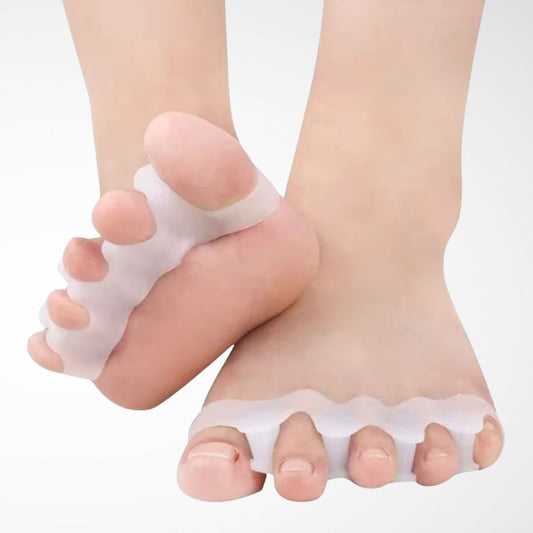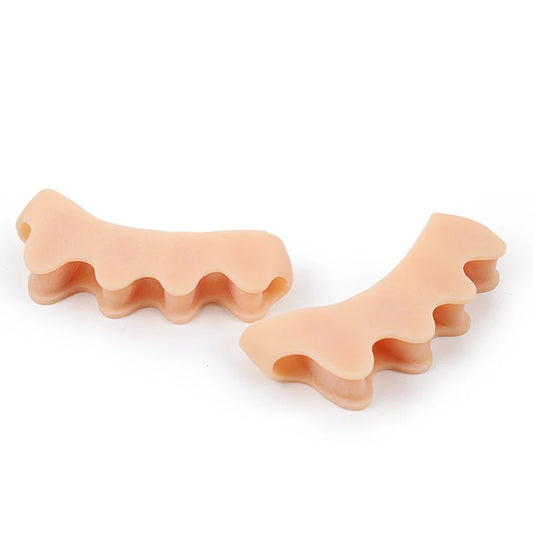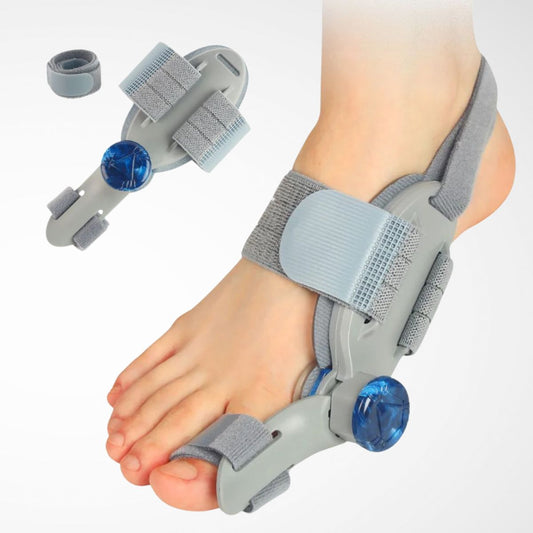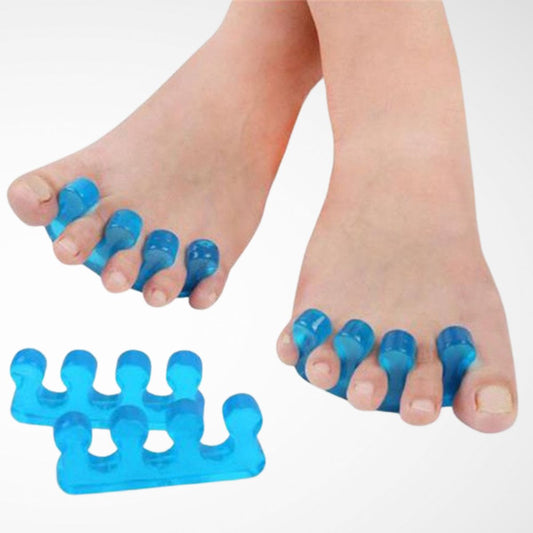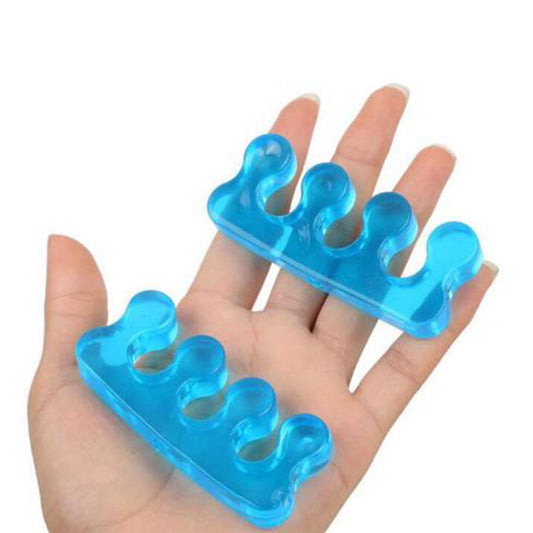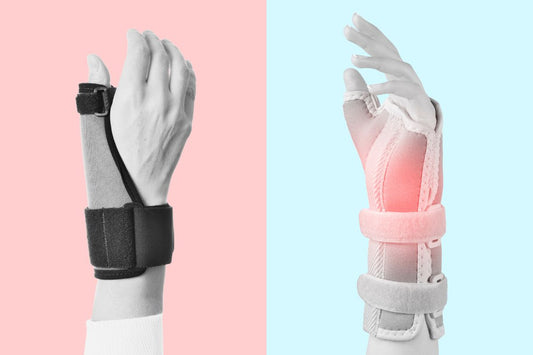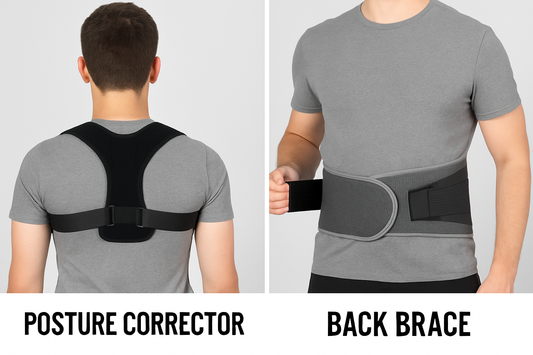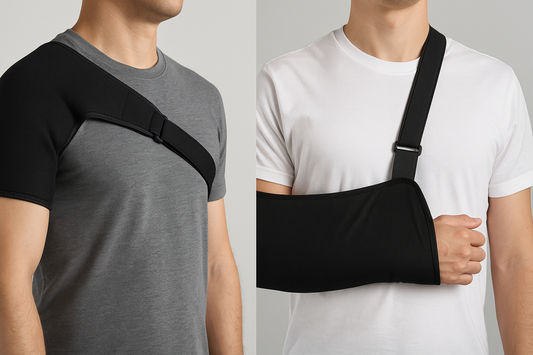For anyone managing bunions, the question often arises: Can I wear a bunion corrector all day? The short answer is: Yes, but with caveats. While the idea of consistent correction sounds appealing, the answer depends on the type of corrector, your lifestyle, and how your body responds to prolonged use.
Let’s break it down in detail — from the different types of correctors to how long you should wear them safely and effectively.
Understanding Bunion Correctors: Not All Are the Same

Bunion correctors generally fall into two categories:
1. Rigid Bunion Splints (Night Splints)
These are typically hard, structured devices designed to hold your toe in place while you sleep. They offer strong alignment control but aren’t meant for walking or wearing inside shoes.
- Best for: Passive correction during rest
- Not suitable for: Daily movement or all-day wear
2. Soft or Flexible Correctors
These include gel toe separators, compression sleeves, or fabric-based wraps. They are designed to be more wearable during the day, often fitting inside roomy shoes.
- Best for: Daytime use, walking, or wearing discreetly
- Can be worn longer: But still require breaks and care
Some options, like toe spacers or bunions socks, combine mild correction with comfort, making them a good choice for extended daytime use.
Pros and Cons of All-Day Use
Wearing bunion correctors during the day can help you maintain better toe alignment, especially during high-activity periods. But like any medical aid, moderation is key.
Potential Benefits:
- Encourages toe realignment throughout the day
- Reduces friction and pressure in shoes
- May relieve discomfort during walking or standing
- Reinforces good toe posture over time
Things to Watch Out For:
- Skin irritation or blisters if worn too long or with poor-fitting shoes
- Circulation issues if the corrector is too tight
- Over-dependence — a corrector is a support, not a cure
- Discomfort in narrow shoes — many devices require footwear with extra toe space
Can You Wear Them in Public or With Shoes?
This depends on the design. Most rigid splints are meant for nighttime only. However, low-profile, flexible correctors can be worn with sneakers, sandals, or even slippers if they offer enough room.
Tips for public wear:
- Choose discreet designs like gel sleeves or compression socks
- Opt for wide-toe box shoes to accommodate any added bulk
- Avoid high heels or tight dress shoes that compress the toe joint
- Test different combinations before heading out for extended periods
Creating a Wear Schedule That Works for You

There’s no one-size-fits-all answer. Start small and observe how your feet respond. Then gradually increase usage if there’s no irritation.
Suggested approach:
- Week 1: Wear soft correctors for 1–2 hours a day during low-activity times
- Week 2–3: Add another hour, and test during walks or light errands
- Week 4+: If tolerated, wear for longer periods — but always give your feet breaks
If you’re also using a rigid night splint, wearing both versions (day and night) may provide a balanced correction strategy without overloading your joints during the day.
When You Shouldn’t Wear Them All Day
There are situations where extended wear is not advised:
- If you experience numbness, tingling, or increased pain
- If you have underlying circulation or nerve conditions
- If you’re recovering from foot surgery (consult your physician first)
- If the corrector visibly alters your walking gait — this could cause other imbalances
Always listen to your body and talk to a medical professional if unsure.
In Conclusion
So — can bunion correctors be worn all day? Yes, but with the right product, realistic expectations, and a gradual approach. The goal isn’t to force correction but to gently support your foot alignment throughout your daily routine.
If you’re looking for options designed for active, daytime wear, check out our bunion corrector collection, where you’ll find toe spacers, soft bunion sleeves, and supportive devices that fit your lifestyle.
As always, if your bunion pain is severe or progressing quickly, it’s best to consult with a podiatrist to explore your treatment options more deeply.


